Huawei's HiSilicon chip division achieves something no Chinese firm has done before
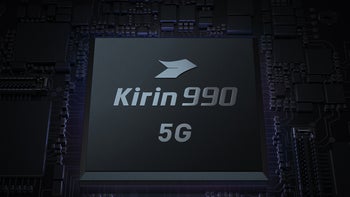
Huawei's fabless chip designing unit HiSilicon did something that no Chinese company ever accomplished before. It managed to make the list of the top-ten companies worldwide ranked by semiconductor sales. For the first quarter, the unit raked in $2.67 billion in gross allowing it to move up five places from its ranking during the same quarter last year when it had $1.74 billion in semiconductor revenue. The year-over-year gain amounted to a 54% rise.
Huawei and top foundry TSMC need each other
The company's chips are produced by TSMC and Huawei has become the foundry's second-largest customer after Apple. Both combined to generate 37% of TSMC's sales last year. Back in 2017, Huawei was responsible for just 5% of TSMC's annual sales with that figure rising to 8% in 2018 and 14% last year.
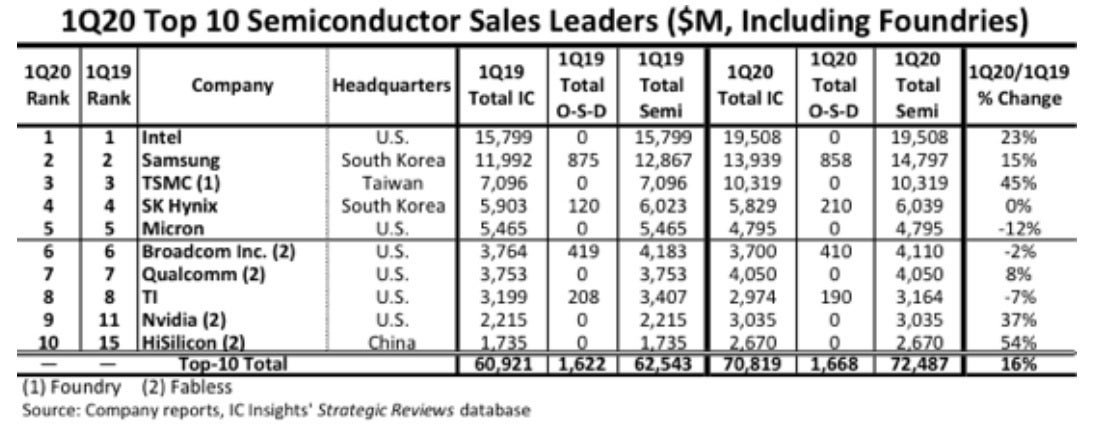
HiSilicon is the first Chinese firm to make the top ten list of largest semiconductor companies
90% of HiSilicon's sales are to Huawei, and as we've mentioned a few times the Trump administration has drafted rules that could make things tough for the manufacturer. Right now, the U.S. can control the export of foreign-made products if they contain more than 25% of U.S.-origin content. At that level, the chips rolling off of TSMC's assembly lines cannot be touched by the U.S. But if that threshold is reduced to 10%, something that the U.S. government has been considering, TSMC might not be allowed to ship chips to Huawei.
While Huawei has been shifting some of its business to SMIC, China's largest foundry, the truth is that the latter is several process nodes behind TSMC. This limits the use of chips produced for HiSilicon by SMIC to mid-range and low-end phones. TSMC is expected to start manufacturing 5nm chips for Huawei this year which will be used to power the Mate 40 series expected this fall. SMIC is turning out 14nm chips for HiSilicon; at that process node, chips have 28.88 million transistors per square mm. The 5nm chips squeeze 171.3 million transistors into each square mm; the more transistors packed inside an integrated circuit, the more powerful and energy-efficient they are.
The numbers show how important TSMC is to Huawei and vice versa. Not too many foundries are equipped to produce 5nm chips and besides TSMC, Samsung is the only other one planning on releasing 5nm components this year. Intel has talked about regaining the process leadership from TSMC and Sammy. Intel currently produces the 10nm Ice Lake-U mobile processor. Several months ago Intel CEO Bob Swan said, "We are accelerating the pace of process node introductions and moving back to a two to two-and-a-half-year cadence. Our process technology and design engineering teams are working closely to ease process design complexity and balance schedule, performance, power, and cost."
Speaking of Intel, it was the largest semiconductor company in the world during the first quarter with $19.5 billion in sales, up 23% from the same quarter last year. Samsung was second as a 15% hike took its semiconductor revenue to $14.8 billion during the three months ended in March. After HiSilicon, third-place went to TSMC and its 45% rise in semiconductor revenue year-over-year. TSMC took in $10.3 billion in revenue during the quarter.
South Korea based SK Hynix, the chipmaker responsible for the RAM memory chips used on the iPhone, reported no change in Q1 revenue which was slightly over $6 billion. That was good enough for fourth place. Fifth place Micron had the largest year-over-year revenue decline in the top ten (-12%) which makes sense once you know that Huawei is its biggest customer. Qualcomm, whose chips are also made by TSMC, had revenue of $4.1 billion in Q1 for an 8% hike. That placed the designer of Snapdragon chips seventh in the top ten after Broadcom.
The remaining names on the list include Nvidia (also making the list for the first time) and Texas Instruments. As we've already pointed out, HiSilicon was tenth. The companies on the top ten reported 16% growth in aggregate first-quarter revenue to $72.5 billion. That was more than twice the 7% growth rate that the top ten reported during last year's first-quarter.







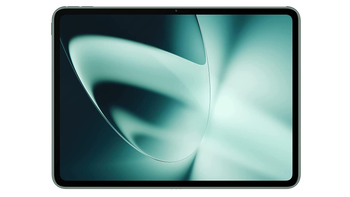
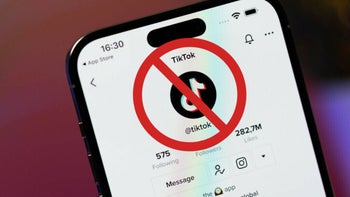



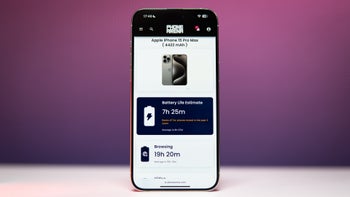
Things that are NOT allowed: